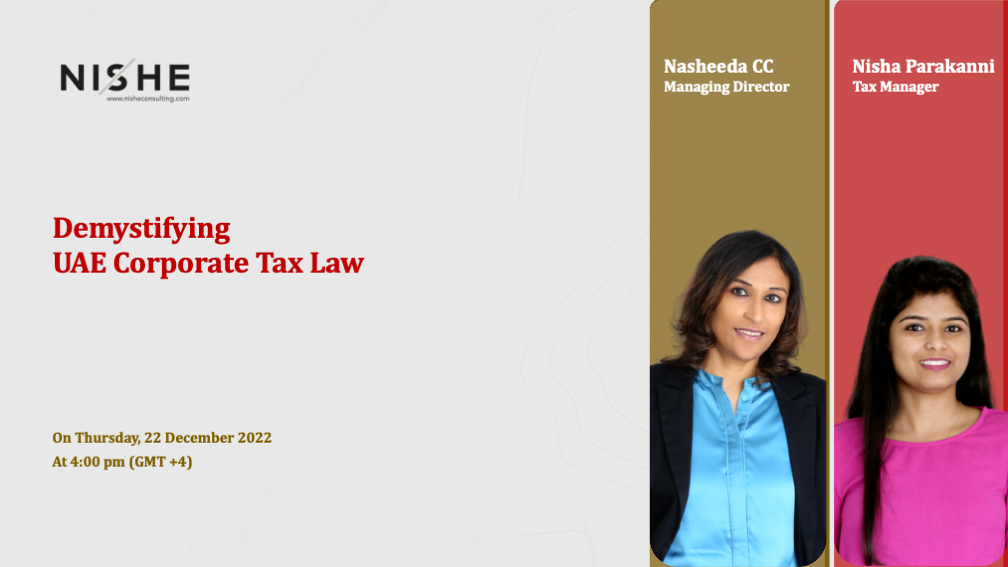What maketh those numbers?
BLOGS
May 27, 2019
The role of accounting judgements and estimates
It is an established corporate ritual for public companies to announce their financial results on a periodic basis. Almost all public companies also publish their annual reports and other periodic performance reports online, a key component of which is the set of financial statements.
Despite the fact that these financial statements run into tens, and even hundreds, of pages, most people do not bother looking beyond the reported key figures such as revenue, net profit and net equity when evaluating performance of companies. A few curious ones may take the pains to glance through the income statements and balance sheets, but very few venture further.
Mixed attribute model
The reality is that, even though numbers portray a sense of absoluteness, accounting is not an exact science. The accounting figures are often arrived at using several judgements and estimations. Further, the use of multiple valuation bases – referred to in accounting parlance as the ’mixed attribute’ model – is a common feature of an accounting balance sheet. The mixed attribute model basically means that some assets and liabilities on a balance sheet are valued on a historical cost basis, while others are valued using various market-based valuation models.
VALUATION OF ASSETS AND LIABILITIES ON BALANCE SHEET
Though historical cost is a definitive number in itself, assets are seldom valued using pure historical cost – their values often have to be adjusted using relatively simpler estimates such as depreciation to account for usage and more complex estimates such as impairment to account for perceived diminutions in value. In the case of market-based valuation models, there are multiple variants depending on the nature of the assets – some mandatory under accounting standards, others optional. Some investments, for example, have to be measured at ‘fair value’. Inventory, on the other hand, has to measured at ‘net realisable value’ only if it drops below the cost. In the case of fixed assets, an entity can measure them using ‘revaluation’ model instead of a cost-based model if it so chooses.
All of these values have to be derived from or with reference to the market. Such market-based values could be easily obtainable in some cases (such as investments in listed securities). But in other cases (such as investments in unlisted securities or fixed assets), measurement is unlikely to be straightforward and quite often is barely better than guesstimates. In general, the more the accounting judgements and estimations involved, the higher the inter-period volatility as well as the variability across companies for the reported figures. Further, the likelihood of bias and error in those figures increases.
OFF-BALANCE SHEET ITEMS
Thus far, we discussed about the items which are on the balance sheet. Now let us focus a bit on those resources and obligations which can have significant economic implications for an entity, but do not find their way into the balance sheet simply because they do not meet the accounting definitions of assets and liabilities. For example, a company’s own brand name and human resources may be the core factors driving its success, but these are not included on a typical balance sheet. Over the last couple of decades, accounting standard setters have brought many off-balance sheet obligations on to the balance sheet as liabilities – the latest addition being operating lease arrangements (from 2019 onwards), but there are still some commitments and guarantees which are allowed to be kept off-balance sheet for various reasons.
WHAT DOES ALL OF IT MEAN THEN?
Considering all of the above, it is an interesting exercise trying to step back and make sense of what the value of each asset on the balance sheet truly represents. Is it the amount that the business will generate if that asset is sold? Or is it the value that the business could generate if it continues to hold and/or use those assets? Similarly, if reported assets and liabilities in the balance sheet are incomplete, are based on different valuation models and are littered with accounting judgements and estimates, then what does the net equity figure practically represent? All of these are questions which quite often have no clear or easy answer. In other words, the numbers presented in a set of financial statements and their connotations are not necessarily absolute in any sense of the word.
IMPACT ON PROFIT
Last but not the least, let us not forget that many (though not all) movements in the values of assets and liabilities are routed through the income statement. This means the valuation methodologies used for the assets and liabilities also impact the reported profit (or loss). The evaluation of a company’s performance based on the reported profit/loss should therefore be done with caution as those numbers could be highly impacted by ‘guesstimates’ and ‘unearned’ incomes and losses arising purely out of market movements upon which management has little control.
DOES IT MEAN ACCOUNTING NUMBERS ARE USELESS?
While the use of accounting judgements and estimates in preparing financial statements is unavoidable to some extent, one may rightly start pondering about the logic of using multiple valuation bases and whether market-based valuation model or historical cost-based model is better. That requires an extensive analysis in itself which I will not endeavor to do at this time. But for now, let us consider a more practical question – do all of these mean that the reported accounting numbers are useless, meaningless and unreliable? Not really. With all its limitations, the accounting results still remain the most relevant and useful –and most oft-used – basis to evaluate an entity’s and its management’s performance.
The bottom line is, however, if you intend to act on the basis of those reported numbers, just don’t forget that pinch of salt.
And better still, carry a spade too. To dig deeper if needed.
My blogs are also published on my Linkedin page.
For our accounting and tax related services, please visit here.

